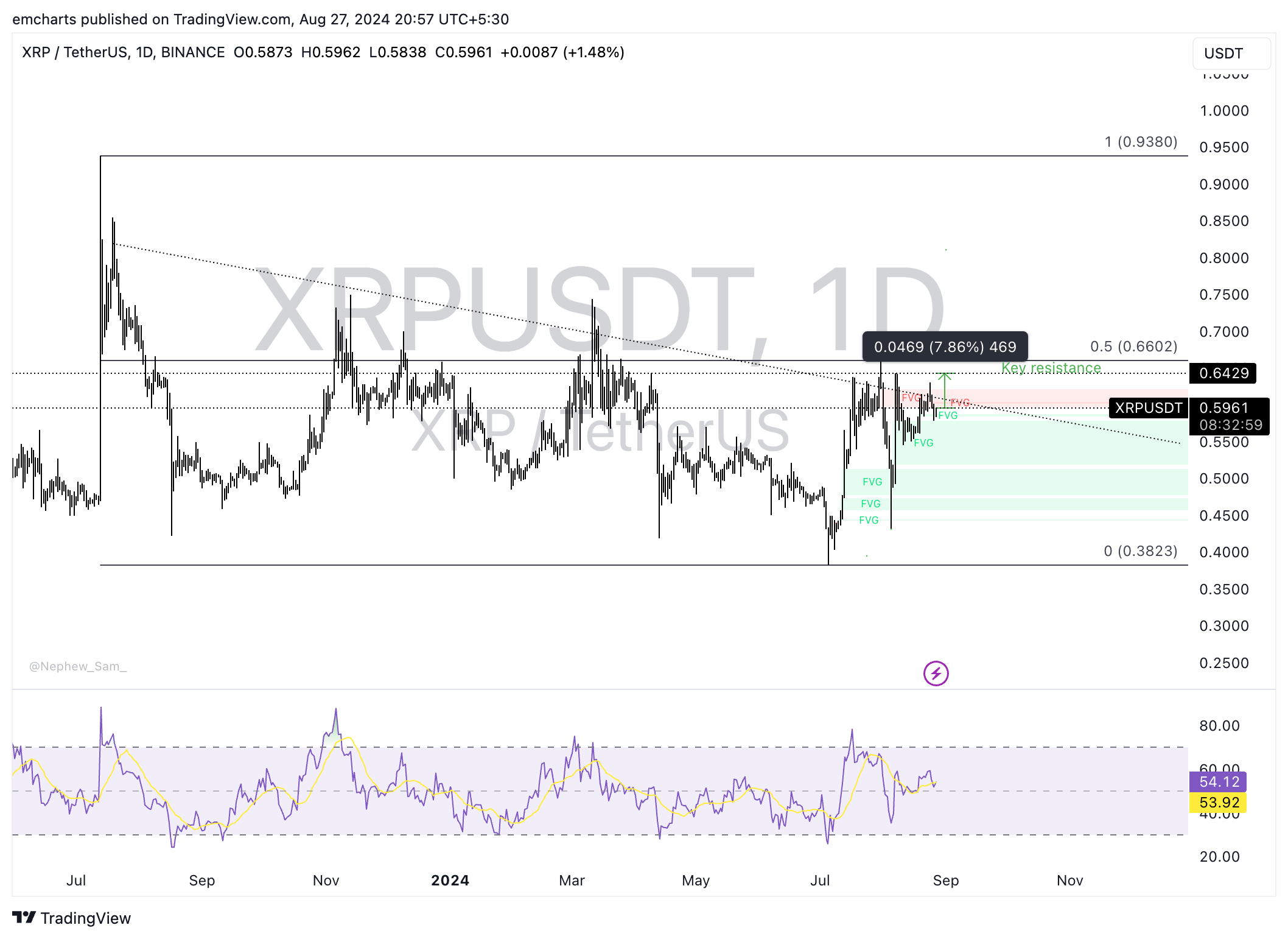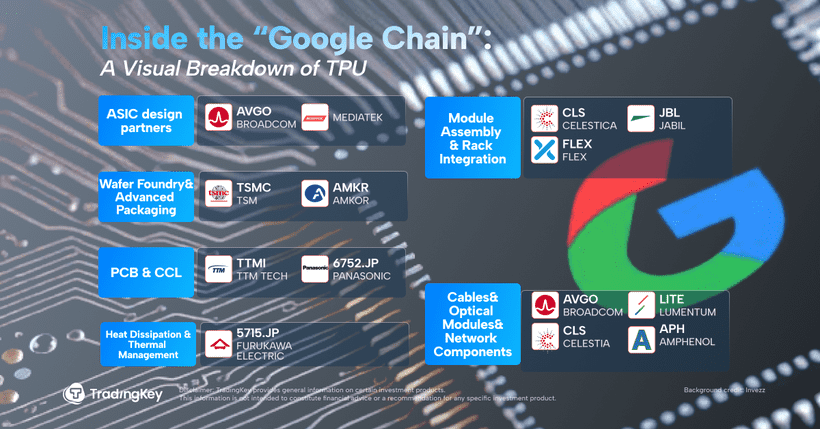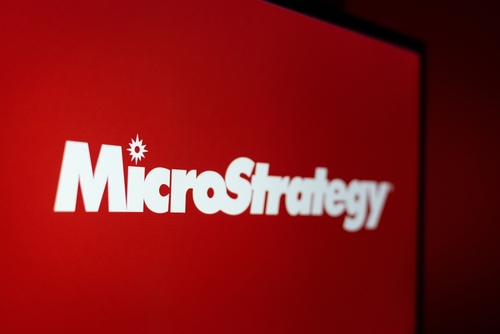XRP could rally as Ripple whales buy 50 million coins in 24 hours

- Ripple whales bought over 50 million XRP tokens within a 24-hour time frame between August 26 and 27.
- Previously, Ripple whales had shed their holdings in seven days, increasing selling pressure on the asset.
- XRP hovers around $0.60 at the time of writing, rallies 1.12% on Tuesday.
Ripple (XRP) lost key support at $0.65 early in August. Since then the altcoin is trading sideways. Key market movers like whale accumulation, XRP supply distribution and on-chain activity are likely influencing the altcoin’s price.
XRP extends gains by 1.12% on the day, hovering close to support at $0.60.
Daily digest market movers: Ripple whales begin accumulating XRP again
- Ripple whales distributed nearly 140 million XRP tokens between August 19 and 26. The large wallet investors have started accumulating the altcoin again. Whales collected over 50 million XRP within a 24-hour time frame between August 26 and 27, per Santiment data.
- Ripple slips under $0.60 whales dump 140 million XRP tokens in seven days

XRP whales accumulate the altcoin
- Typically, accumulation by whales is considered bullish for the asset. When whales distribute their supply and engage in profit-taking, it increases selling pressure on the asset, like the events of August 19 and 26.
- XRP whales are likely gearing up for an increase in the altcoin’s price.
- Social dominance, a metric that helps ascertain the cryptocurrency’s dominance in conversations on social media platforms, rose to 2% on August 27.
- XRP’s social dominance is at its highest level in two weeks, per Santiment data. This is indicative of higher mindshare among traders and crypto market participants.
%20[20.43.42,%2027%20Aug,%202024]-638603716363760320.png)
XRP social dominance
Technical analysis: XRP eyes return to $0.65
XRP Ledger’s native token is in a multi-month downward trend as seen in the XRP/USDT daily chart. The altcoin slipped under $0.65, a key level, on August 3. Since then Ripple’s token failed to make a comeback.
XRP could return to $0.6439, an important resistance level, tested a few times in the past two weeks. This represents nearly 8% gains from the current level.
Ripple could rally toward $0.6602, the 50% Fibonacci retracement of the drop from the July 2023 top of $0.9380 to the July 2024 low of $0.3823. The Relative Strength Index (RSI) is above 50 on the daily timeframe, which moderately supports a bullish thesis for Ripple.

XRP/USDT daily chart
The altcoin could find support in the imbalance zone between $0.5188 and $0.5785, if there is a correction in XRP. Further decline could push the altcoin closer to testing the August lows of $0.4319.
Ripple FAQs
Ripple is a payments company that specializes in cross-border remittance. The company does this by leveraging blockchain technology. RippleNet is a network used for payments transfer created by Ripple Labs Inc. and is open to financial institutions worldwide. The company also leverages the XRP token.
XRP is the native token of the decentralized blockchain XRPLedger. The token is used by Ripple Labs to facilitate transactions on the XRPLedger, helping financial institutions transfer value in a borderless manner. XRP therefore facilitates trustless and instant payments on the XRPLedger chain, helping financial firms save on the cost of transacting worldwide.
XRPLedger is based on a distributed ledger technology and the blockchain using XRP to power transactions. The ledger is different from other blockchains as it has a built-in inflammatory protocol that helps fight spam and distributed denial-of-service (DDOS) attacks. The XRPL is maintained by a peer-to-peer network known as the global XRP Ledger community.
XRP uses the interledger standard. This is a blockchain protocol that aids payments across different networks. For instance, XRP’s blockchain can connect the ledgers of two or more banks. This effectively removes intermediaries and the need for centralization in the system. XRP acts as the native token of the XRPLedger blockchain engineered by Jed McCaleb, Arthur Britto and David Schwartz.







